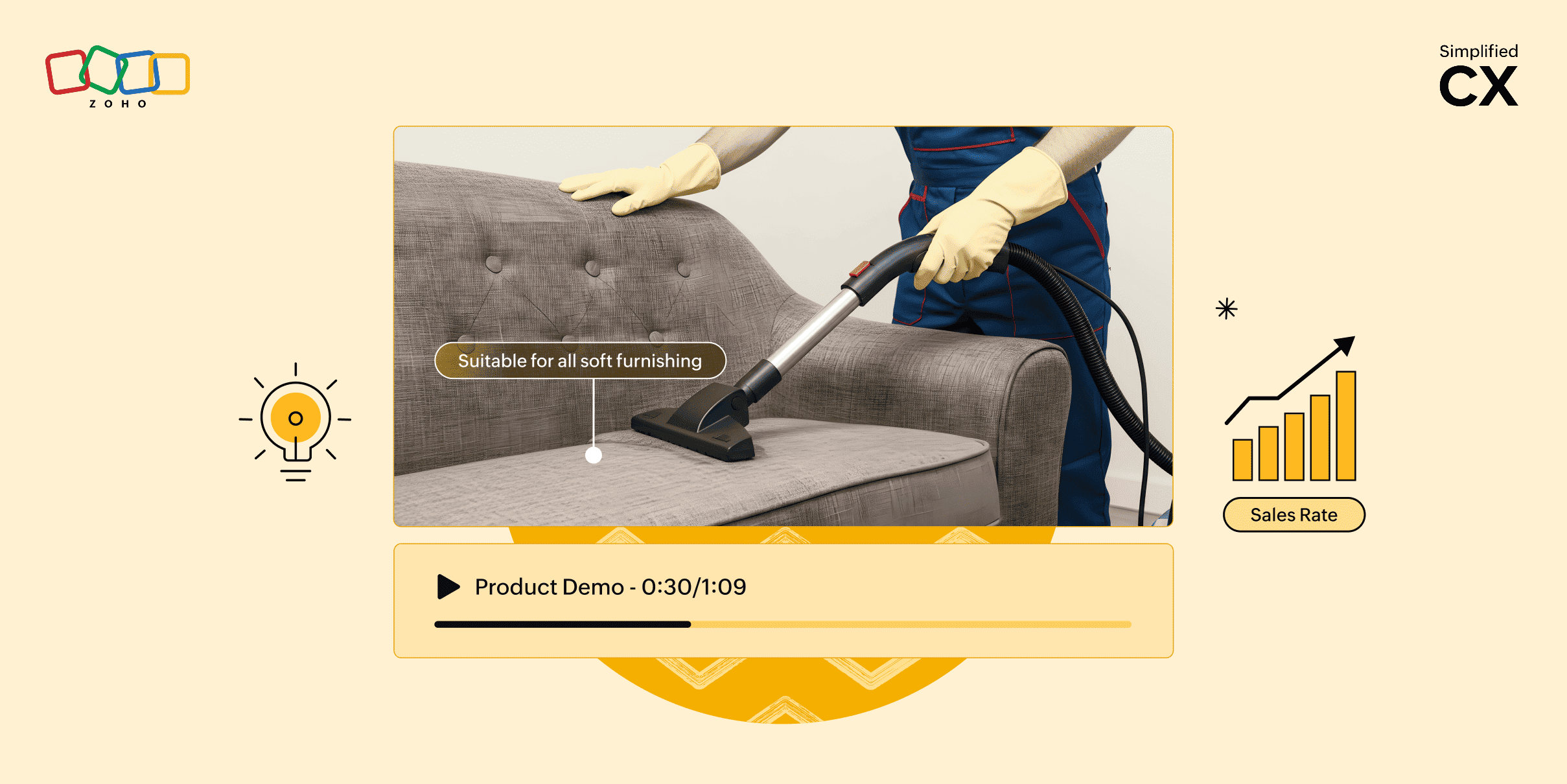- HOME
- More
- Operations
- Be there or be square
Be there or be square
- Last Updated : October 24, 2023
- 1.1K Views
- 4 Min Read

A guide to being more available for your customers.
How do you ensure that you’re available for every customer, every time? You can open up all the channels you want, and encourage customers to reach out whenever they have an issue. But if your team is not available at the exact moment a customer makes contact, everything else you do is irrelevant. Make sure that you deliver on your promise of availability. Even if you’re not providing a complete solution and simply acknowledging their message, it still counts towards your reputation of being there for the customer. Here are some ways you can build more availability into your customer service efforts:
Start small
A journey of a thousand miles begins with the first step. If you’re offering your product or service for consumption for the first time, don’t try to be available on every channel at once. Take the time to get to know your team and your customer base well first. Provide support in the amount that you’re comfortable with, and wow them despite your limited means. For example, if you have a small team and are unable to provide long hours of service, don’t see that as a limitation. Give it your best during the hours you do have.
Clear responsibilities and clear communication
When you start small, everybody is a generalist and juggles multiple roles. You answer tickets, write code, collect payments, negotiate a lease, and take out the trash all in one day.
Over time, as your team grows, you begin to add specialists. Everybody doesn’t do everything anymore. When this happens it’s important for everyone to be clear about who is responsible for what. Here’s a practical way to do that: prepare a staff list with everyone’s titles or job duties and distribute it within the team.
Make data-driven improvements
Keep an eye on your numbers and ask questions of them. What time of the day does your service feel choked? Does this happen frequently or only occasionally? Would it help if you had one more employee during peak times? These are all things you can impact via incremental changes. While large sweeping changes have a high risk of failure, small incremental changes can have a high impact on your customer satisfaction and may also be healthy for your company’s culture.
Movie theaters tend to experience service bottlenecks because they have far more patrons on weekends than on weekdays. They counter this by adjusting show times so that only one or two screens are opening or closing at a time. Restaurants do the same through happy hour promotions, while airlines cope by rescheduling overbooked patrons and upgrading them on the next flight. No matter what industry you’re in, you can find creative ways to deal with high-demand times.
Prioritize and set the right expectations
Anxiety makes us a bit biased. To every customer, their own issue is the most urgent. And of course every customer is important, but some situations need to be handled more quickly than others. As a customer service agent, you have to prioritize and give each ticket a response within an acceptable period of time. It’s best to contact the customers upfront with an automated message, about how soon they can expect a response from you. By doing so, you set their expectations accurately from the start and will be able to deliver better.
Apple does this well in its Genius Bar appointments. These Genius Bars juggle everything from software training and onboarding to quick repairs and replacements. That would be next to impossible unless they understood how to prioritize each customer’s request.
Reduce human intervention
If you look carefully at your entire customer service loop, you’ll find some things that don’t require any human intervention. Some examples are resetting a password, dropping off a check at the bank, and filling/refilling soft drinks at a restaurant. Typically, these are all very straightforward actions that take little or no time to learn. In fact, when another human being tries to help, these actions actually take longer to complete.
Using data from your customer interactions, identify a few things that most customers do regularly. It’s almost guaranteed that at least one of those things can be done through self-service.
Be proactive
Reaching out and voluntarily giving information upfront can reduce customer anxiety a lot. Even if the message doesn’t solve their problem entirely, you can show them that you understand their problem and you’re doing all you can.
A software company that’s facing an outage can tweet out an update to its customers. If a restaurant is missing a particular seasonal ingredient, the host can inform diners at the time of seating them. This cuts down on having the same back-and-forth conversation with each customer, leaving the company with more time to take care of other issues.

Make use of technology
In today’s world of growing customer expectations, an email inbox or spreadsheet just won’t cut it. Adopt modern cloud-based tools, like CRM software or help desk software, to keep track of your customer complaints and feedback. The additional context that these applications provide can make, your responses more streamlined and organized. A good help desk software will make things faster and easier for agents, managers, and customers. There’s even loads of software that you can try out for free or cheap.
We can safely say that when it comes to customer service, there is no such thing as being too available. You always want to be there for your customers when they need you. But you also need to be realistic about your limitations. Figure out exactly how much support you can offer, let your customers know what to expect, and then deliver on your promises. And for goodness’ sake, use a decent help desk software to help you stay organized.
Have you found other ways of improving your availability? Let us know in the comments!














